Choosing the Right PCB Printing Company: A Comprehensive Guide
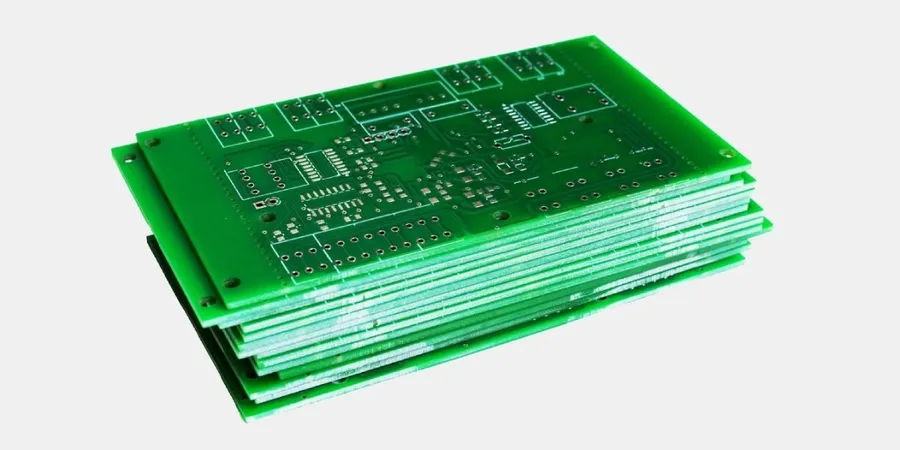
In today's rapidly evolving tech landscape, the printed circuit board (PCB) is the unsung hero of countless electronic devices. Selecting the right PCB printing company is critical for bringing innovative ideas to life. This article will guide you through the key considerations, helping you make informed choices for your next PCB project.
Understanding Your PCB Needs

Before engaging a PCB printing company, a thorough understanding of your project's specific requirements is crucial. This involves a detailed analysis of the PCB type, complexity, required volume, and project timeline. Accurate specification ensures the selection of a company that aligns with your project's needs and avoids costly revisions or delays.
- PCB Type and Complexity
Determine if your design requires a single-layer, double-layer, or multi-layer PCB. Consider the circuit density and component placement. This will influence the manufacturing process and cost. - Material Requirements
Identify the specific materials needed for the PCB based on the application. Common materials include FR-4, aluminum, and flexible substrates. Factors like temperature resistance, signal integrity, and mechanical durability should influence material choice. - Quantity and Production Volume
Specify the number of PCBs needed for your project. This affects the production method and cost. Small quantities for prototyping versus large quantities for mass production may lead to different selection choices in PCB printing companies. - Dimensional Tolerances
Define the permissible variations in PCB dimensions and feature sizes. This is critical for ensuring proper fit and performance, and directly impacts the required precision capabilities of the printer. Ensure the PCB printing company can meet your needs. - Timeline
Establish a realistic project timeline. This includes the time required for PCB design, printing, assembly (if needed), and shipping. Be aware of the PCB printing companies turnaround time and factor in realistic buffer time to mitigate potential delays.
Key Factors in Choosing a PCB Printing Company
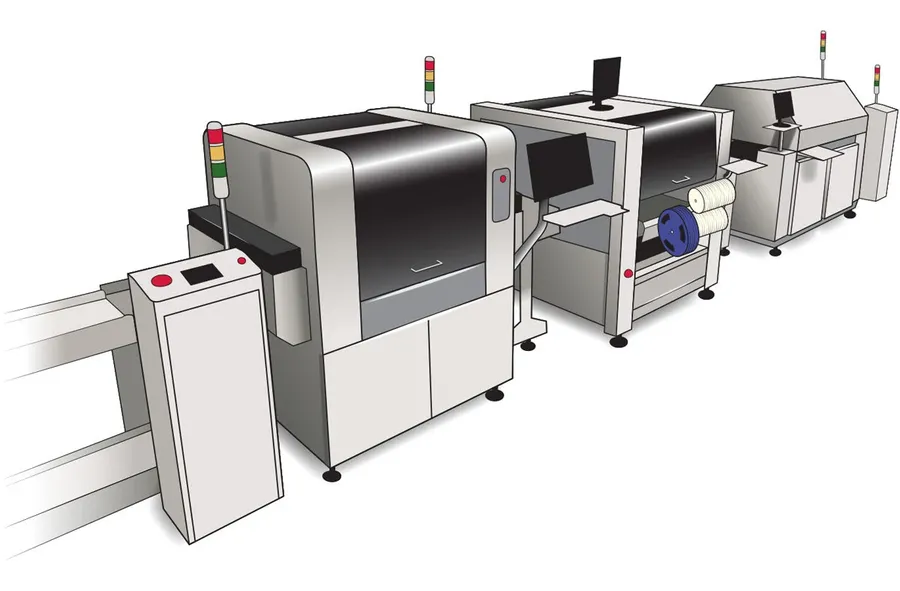
Selecting the optimal PCB printing company is crucial for the success of any electronics project. This decision hinges on several key factors that align with the specific needs and requirements of the project. These factors are not merely preferences but are critical parameters that dictate the quality, cost-effectiveness, and timeliness of PCB production.
- Experience and Expertise
The company's track record and specialized knowledge in PCB manufacturing are paramount. Look for a company with a proven history of producing PCBs that meet industry standards. Experience often translates to better problem-solving and more efficient production processes. - Production Capabilities
Evaluate the range of services offered by the company, including capabilities for single-layer, multi-layer, flexible, and rigid-flex PCBs. Consider their equipment and whether it's up to date for current industry requirements and whether it aligns with your project's complexity and demands. - Quality Control Processes
A stringent quality control system is a must. This includes inspection protocols, testing methods, and adherence to industry standards like ISO or UL certifications. Robust quality control significantly reduces the risk of receiving defective PCBs. - Turnaround Times
Project timelines are often tight, making turnaround time a critical factor. Assess how quickly a company can deliver prototype and mass-produced PCBs. Some companies offer expedited services for urgent projects. However, quicker timelines should never compromise quality. - Pricing Structures
Analyze the company's pricing structures for prototype and mass production. The cost is a major factor, but the goal is to find a balance between cost and quality. Cheaper is not always better, and a more expensive service may be worth it if the company provides robust service and high quality - Technological Advancements
A company that uses the most up to date technology is important in the quality and speed of production. Evaluate the company's technological capabilities to ensure they are aligned with the latest industry standards. The technology directly impacts the design, performance, and precision of PCBs. - Certifications
Certifications such as ISO 9001 and UL, indicate that the company adheres to rigorous quality management standards and safety requirements. Certifications are an indication of the company's commitment to quality and reliability. - Customer Support
Responsive and knowledgeable customer service can provide valuable assistance in addressing any issues. A reliable support team should provide clear communication, technical expertise, and timely resolution of any issues or queries that arise during the process.
Prototyping vs. Mass Production: Finding the Right Fit
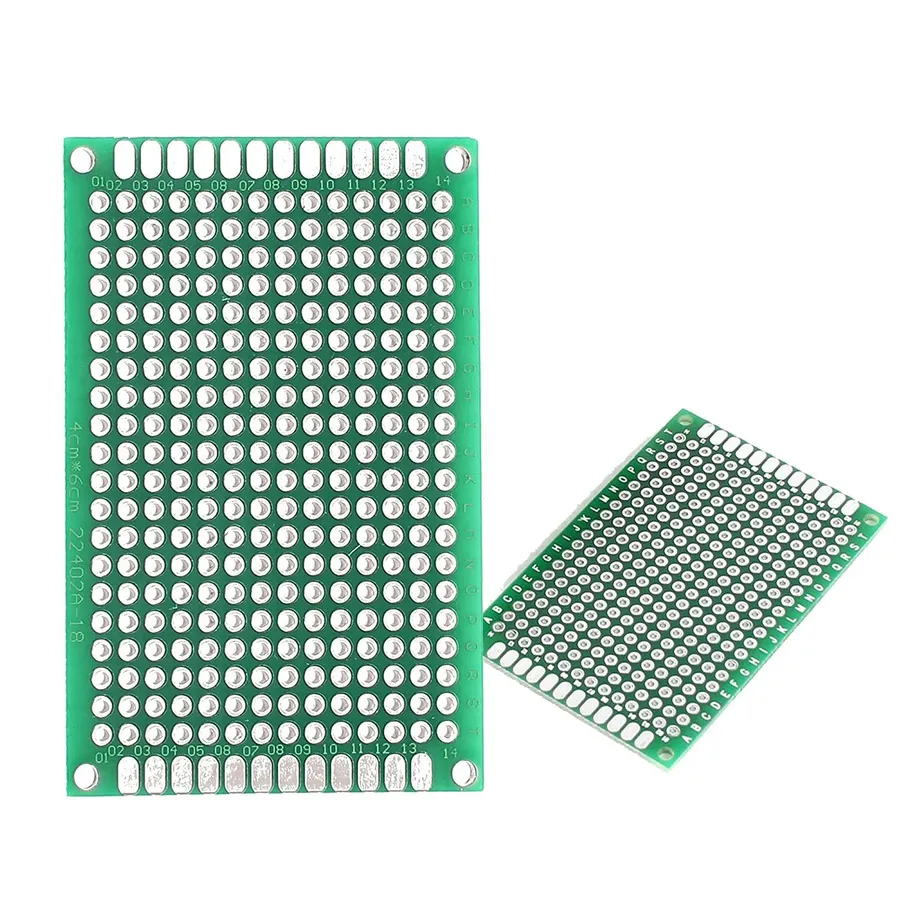
The selection of a PCB printing company should heavily consider the required production volume. Companies often specialize in either rapid prototyping or high-volume mass production, each requiring different capabilities and processes. Understanding this distinction is crucial to aligning your project requirements with the right manufacturer.
Key differences exist between PCB printing services geared towards prototyping and those focused on mass production. These distinctions directly impact factors such as production speed, cost per unit, and the ability to customize designs. Selecting the correct type of printing company from the outset is essential for optimal resource utilization and project success.
| Feature | Prototyping | Mass Production |
|---|---|---|
| Typical Order Quantity | Few units to several hundred | Thousands of units and above |
| Turnaround Time | Rapid, often within days | Longer, typically weeks to months |
| Cost per Unit | Higher | Lower |
| Design Flexibility | High | Lower due to standardization |
| Ideal Use Case | Initial design validation, functional testing, proof of concept | Large-scale product manufacturing |
| Equipment Focus | Flexible and adaptable machinery | Specialized, high throughput equipment |
| Process Flexibility | Iterative, with quick design changes possible | More rigid, requiring stable design and optimized processes |
For projects that transition from initial development to volume production, selecting a PCB company offering both prototyping and mass production services can greatly streamline operations. Such firms facilitate a smooth transition from design validation to final product manufacturing, which will help to reduce potential delays and integration challenges.
Comparing PCB Printing Companies: A Table Analysis
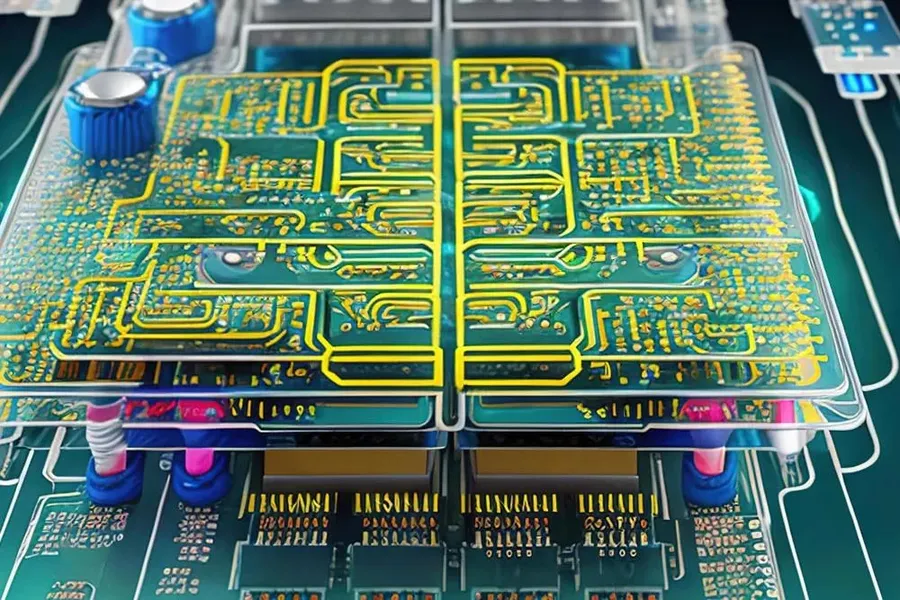
A systematic comparison of PCB printing companies is essential for making an informed decision. This section presents a structured approach using a table analysis, enabling a clear evaluation based on critical factors. This approach facilitates a more organized and efficient decision-making process.
| Factor | Description | Importance | Considerations |
|---|---|---|---|
| Geographic Location | Domestic vs. International | High | Impacts lead times, shipping costs, and ease of communication. |
| Certifications | ISO, UL, etc. | High | Indicates adherence to industry standards and quality. |
| Service Options | Prototyping, assembly, etc. | Medium | Determines the range of services provided, and if it meets your needs |
| Customer Reviews | Feedback from previous clients | High | Offers insights into reliability and customer satisfaction. |
| Pricing Structures | Cost per board, setup fees, etc. | High | Affects the overall project budget. Need to consider cost breakdown of each component |
| Turnaround Time | Lead times for prototypes and mass production | High | Crucial for meeting project deadlines. |
| Minimum Order Quantity (MOQ) | The minimum number of boards you must order | Medium | Important for prototyping and small batch runs. |
| Material Capabilities | Types of substrates and their characteristics | Medium | Ensures compatibility with the design requirements |
| Technology and Equipment | Modern equipment for precision and quality | Medium | Reflects a company's capability to produce high-quality boards |
| Customer Support | Responsiveness and helpfulness of the support team | Medium | Important for resolving issues or technical questions. |
Geographic Considerations: Local vs. Overseas PCB Printing
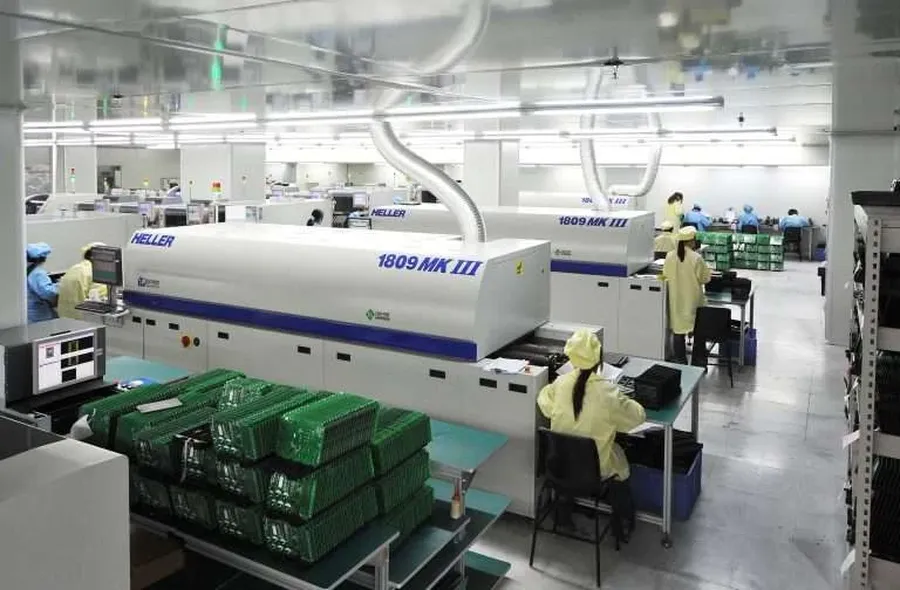
The decision between a local and an overseas PCB printing company is pivotal and should align with specific project needs. This choice impacts various factors including lead times, cost, communication, and logistical complexities.
| Factor | Local PCB Printing Companies | Overseas PCB Printing Companies |
|---|---|---|
| Turnaround Time | Faster, typically within days or a few weeks. | Longer, often weeks to months including shipping time. |
| Cost | Generally higher due to labor and operating costs. | Generally lower due to economies of scale and lower labor costs. |
| Communication | Easier due to geographic proximity and time zone alignment. | Can be challenging due to language barriers and time zone differences. |
| Logistics | Simpler, reduced shipping times, easier to manage. | More complex, potential customs and import issues, longer shipping routes. |
| Quality Control | Easier to perform on-site visits and quality checks. | May require relying on supplied reports and audits; direct oversight is difficult. |
| Minimum Order Quantity | May have more flexibility with lower volume orders. | Often require higher minimum order quantities (MOQs). |
Choosing a local PCB printing company provides significant advantages in situations requiring rapid prototyping and iterative design improvements. The benefits include enhanced communication, shorter delivery times, and the ability to verify the production process directly. Conversely, if cost is the primary driver, and if you have more time available for the project, overseas companies often offer the advantage of lower prices, especially for mass production runs.
The Importance of PCB Quality and Reliability
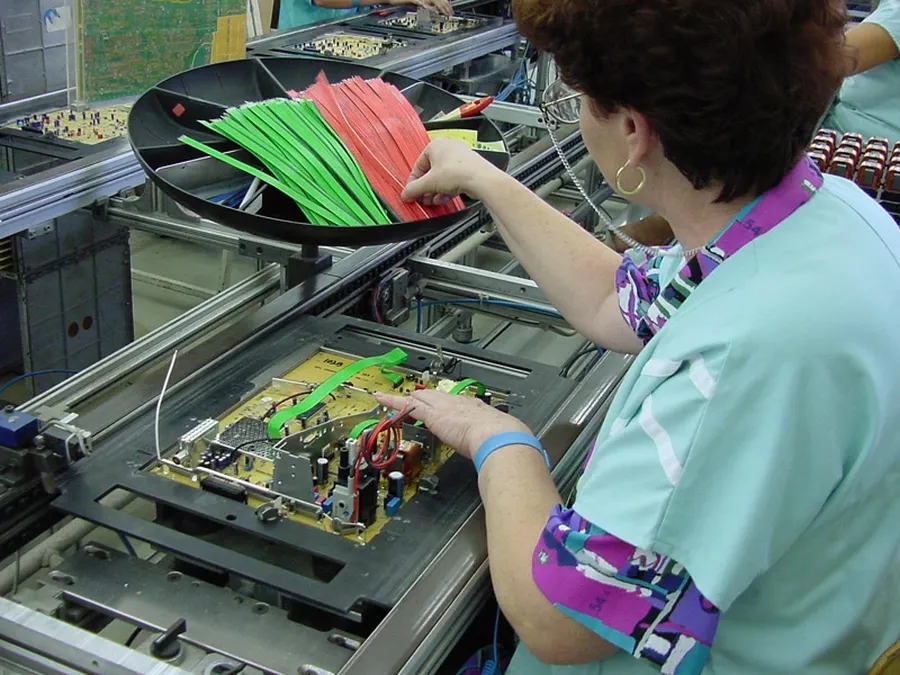
The operational success of any electronic device hinges critically on the quality and reliability of its Printed Circuit Board (PCB). A substandard PCB can lead to premature device failure, inconsistent performance, and even safety hazards. Therefore, selecting a PCB printing company that prioritizes rigorous quality control is paramount.
Here's why PCB quality and reliability are non-negotiable:
- Consistent Performance
High-quality PCBs are manufactured to precise specifications, ensuring consistent electrical and mechanical performance across all boards. This consistency is crucial for product reliability and longevity. - Reduced Failure Rates
Robust manufacturing processes and stringent quality control checks minimize defects, reducing the likelihood of premature failure and costly recalls. - Compliance with Standards
Reputable PCB printing companies adhere to industry standards (such as IPC standards), ensuring their PCBs meet defined quality and performance benchmarks. - Long-Term Durability
High-quality PCBs, made with proper materials and construction techniques, can withstand environmental stressors and prolonged use.
Key aspects to examine when evaluating a PCB printing company's commitment to quality and reliability include:
- Material Selection
The quality and type of materials used significantly affect a PCB's reliability. Look for companies that use materials meeting industry standards and offer traceability. - Manufacturing Processes
The manufacturing techniques employed, including precision drilling, etching, and plating, impact the PCB's quality. Companies should use controlled processes with appropriate technology. - Quality Control and Testing
A robust quality control system should include multiple inspection points, from incoming material checks to electrical testing of finished boards. This should include Automated Optical Inspection (AOI), and electrical tests to detect shorts, opens, and other defects. - Certifications
Certifications like ISO 9001:2015 demonstrate a company's commitment to quality management. UL certifications can indicate compliance with safety standards for specific types of PCBs. - Customer Feedback
Reviews and testimonials offer valuable insight into the consistency of a PCB printing company’s product quality and their customer support.
PCB Assembly Services: A One-Stop Solution
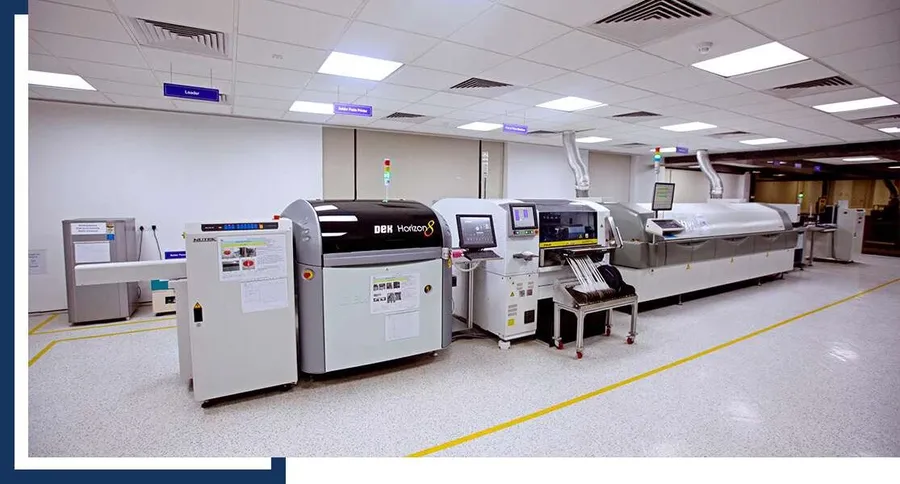
Integrating PCB assembly services with your chosen printing company can significantly streamline the manufacturing process, offering a consolidated approach from bare board fabrication to a fully populated and functional circuit board.
This section details the advantages and considerations for utilizing a single provider for both PCB printing and assembly.
- Component Sourcing
A single provider can handle the procurement of all necessary electronic components, streamlining the supply chain and reducing the risk of compatibility issues. - Automated Placement
Utilizing automated pick-and-place machines ensures high precision and consistency in component placement, reducing assembly errors and improving reliability. - Soldering
Professional soldering techniques, whether through reflow or wave soldering, guarantee strong and reliable electrical connections, enhancing the overall durability of the assembled PCB.
Integrating PCB assembly with your chosen printing company offers several key advantages:
- Reduced Lead Time
Combining printing and assembly under one roof can drastically shorten the overall project timeline by eliminating the need to coordinate with multiple vendors. - Cost Efficiency
Bundling services often translates to cost savings through bulk discounts and reduced shipping expenses. - Improved Communication
A single point of contact streamlines communication, reducing the risk of errors caused by miscommunication between different vendors. - Enhanced Quality Control
When the same company manages both processes, quality control can be consistently maintained and potential issues can be identified and addressed early on.
However, also consider these important points when selecting a one-stop PCB printing and assembly service:
- Component Availability
Ensure that the provider has access to your required components. Some specialized components may require sourcing from other suppliers. - Assembly Capabilities
Verify that the company's assembly capabilities match the complexity of your design. Some providers may not handle very dense boards or specialized soldering techniques. - Cost Comparison
Although one-stop solutions can be more efficient, it's important to compare the overall cost to using separate PCB printing and assembly services.
Frequently Asked Questions About Choosing a PCB Printing Company
Selecting the right PCB printing company involves understanding various factors. This section addresses common questions to guide you through the decision-making process, ensuring you partner with a company that meets your specific needs and quality expectations.
- What are the typical turnaround times for prototype PCBs?
Turnaround times for prototype PCBs vary significantly based on the complexity of the design, the printing company's capabilities, and current workload. Simple, single-layer boards can often be produced in as little as 24-48 hours at facilities with expedited services, while more complex, multilayer designs may require 5-10 business days, or even longer for specialized materials. Always confirm turnaround estimates directly with the provider, factoring in potential shipping times as well. Some companies provide instant online quote and lead time calculators. - What materials can PCB printing companies work with?
PCB printing companies typically offer a wide range of materials to accommodate various application requirements. Common materials include FR-4 (a fiberglass epoxy laminate, the most widely used), aluminum substrates for thermal management, flexible materials like polyimide for flexible circuits, and various high-frequency laminates. Specific material availability often depends on the company's specialization and manufacturing technologies. Ensure the provider can work with materials compliant with your application's thermal, mechanical, and electrical requirements. - How is pricing determined for PCB printing?
PCB printing pricing is determined by a combination of factors. These include the board's size and complexity (number of layers, component density), the material used, the quantity ordered, and any special processes or finishes. Additional costs might be associated with expedited manufacturing or testing services. Obtaining quotes from several different companies and understanding their detailed breakdowns can help you determine which service best fits your budget. Note that some companies offer discounts for volume manufacturing, and some may charge a tooling or set-up cost for each unique design. - What are the important certifications a PCB printing company should have?
Certifications provide assurance of a PCB printing company's adherence to quality and reliability standards. Key certifications to look for include ISO 9001 (quality management systems), ISO 14001 (environmental management systems), and UL certifications (for safety standards). In specialized sectors such as aerospace or medical, specific certifications like AS9100 (aerospace) or ISO 13485 (medical devices) may be critical. Certifications are essential indicators of a company’s commitment to process control and product quality, therefore impacting the reliability and performance of the circuit boards. - How important is it to review customer feedback for a PCB printing company?
Customer feedback is essential when evaluating a PCB printing company. It offers insights into the company’s reliability, quality of service, and ability to meet customer needs consistently. Platforms like Google Reviews, industry forums, and company websites can provide comprehensive feedback. Look for consistent trends in reviews concerning delivery timelines, communication quality, quality of the product, and customer support experiences. This helps determine the company’s consistency and customer support levels, which directly impact a smooth and successful project development cycle. - Can PCB printing companies handle complex designs?
The ability of a PCB printing company to handle complex designs is crucial for modern electronic devices. Companies specializing in complex PCBs typically possess advanced manufacturing equipment and a highly skilled technical team with deep experience in handling demanding layouts, high-layer counts, fine traces, and tight tolerances. These companies are generally adept at creating prototypes and handling intricate manufacturing requirements. Always confirm the technology capability with the PCB manufacturer before making any final decision about a production partner. - What file formats are typically required for PCB printing?
PCB printing companies generally require Gerber files for manufacturing, which are standard files used in PCB fabrication and component assembly. Additionally, some manufacturers require drill files, pick and place data, and bill of materials (BOM) data for assembly services. It is always best practice to verify the exact file format requirements with the chosen company to prevent any issues with the production process. Always supply files in the correct format and ensure they are accurate and comprehensive to avoid delays or misinterpretations during the manufacturing process.
Future Trends in PCB Printing
The PCB printing industry is continually evolving, driven by advancements in materials, manufacturing techniques, and design methodologies. Understanding these future trends is crucial for both PCB designers and companies, enabling them to stay competitive and meet the demands of increasingly complex electronic applications. This section outlines key trends shaping the future of PCB printing, with consideration for how forward-thinking companies are adopting these innovations.
- Advanced Materials
The development of new materials with enhanced properties is a significant trend. These include high-performance polymers, ceramics, and composites that offer improved thermal management, higher frequency performance, and greater mechanical strength, essential for demanding applications such as aerospace, automotive, and 5G infrastructure. These advanced materials are allowing for smaller, lighter, and more reliable PCBs. - Additive Manufacturing (3D Printing)
Additive manufacturing, or 3D printing, is transforming PCB fabrication by allowing for the creation of complex geometries and custom designs on-demand. This technology offers greater design freedom and reduces material waste compared to traditional subtractive processes. While still in its early stages, 3D printed PCBs are becoming increasingly viable for prototyping and low-volume production, offering faster turnaround times and enabling the creation of boards with unique electrical and mechanical properties. - High-Density Interconnect (HDI) Technology
The demand for smaller, more compact electronic devices drives the trend toward higher density interconnect technologies. HDI PCBs feature finer lines and spaces, microvias, and advanced via structures that allow for greater component density and improved electrical performance. This trend is particularly important in the development of portable electronics, medical devices, and high-speed computing. - Flexible and Stretchable PCBs
Flexible PCBs are moving beyond simple bending applications to become an enabling technology for wearables, medical implants, and curved electronics. Stretchable PCBs represent the next frontier, designed to withstand extreme deformation and movement. This opens up opportunities for advanced sensors, health monitoring, and smart textiles. These technologies require specialized manufacturing processes and materials, driving innovation in PCB printing. - Environmentally Sustainable Practices
The industry is focusing on more sustainable and environmentally friendly manufacturing processes. This involves the use of lead-free materials, water-based inks, and eco-friendly etching solutions, driven by both regulatory requirements and a growing emphasis on corporate social responsibility. This trend not only reduces the environmental impact but also aims to improve worker safety. - Integration of AI and Automation
Artificial intelligence (AI) and automation are playing an increasing role in PCB printing. AI algorithms are used for design optimization, defect detection, and process control, leading to improved efficiency, higher yields, and better quality. Automation reduces human error and ensures consistent production, which is crucial for high-volume manufacturing. Forward-thinking companies use these technologies to increase production throughput and reduce manufacturing costs.
Choosing the right PCB printing company is a critical step in the development of any electronic product. By understanding your specific needs, weighing the key factors, and carefully evaluating potential partners, you can select a company like [pcb printing company] that meets your project requirements and will help you bring your innovative ideas from concept to reality. With continuous advancements in the industry, staying informed will ensure you are well-equipped to make the right choices for the future of your PCB projects.
 AnyPCBA
AnyPCBA